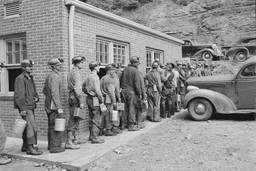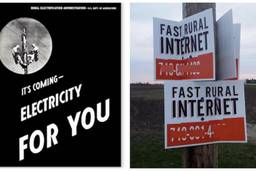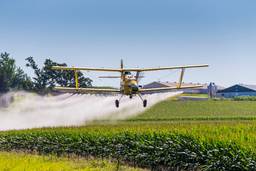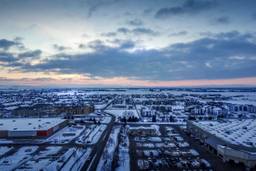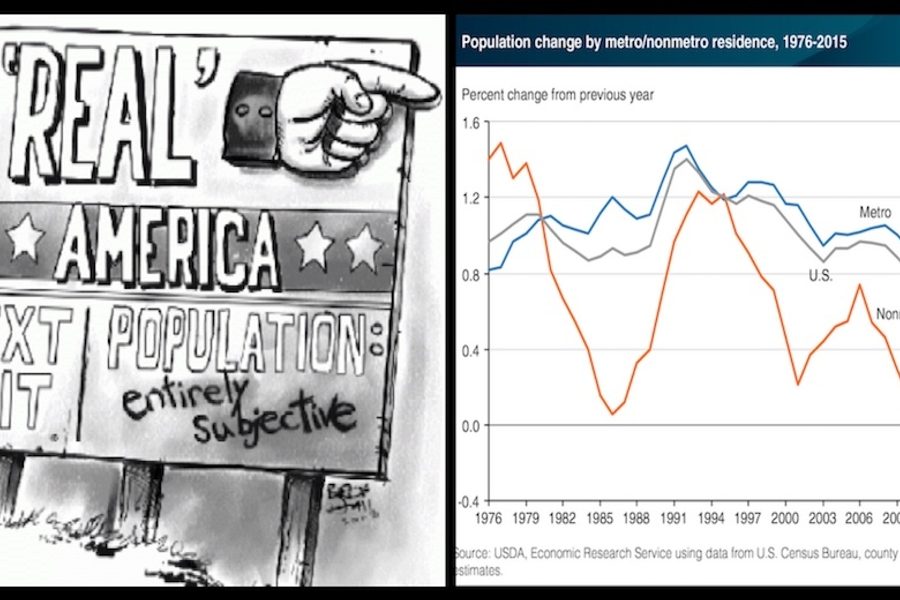
It wasn’t that long ago that we talked about the “inner city” — those pockets of urban America where poverty seemed intractable and social cohesion disappeared — as tangles of pathologies. The story went approximately like this:
Deindustrialization meant the contraction and collapse of the economy in urban neighborhoods like North Philadelphia and South Chicago. Which, in turn, led to a massive loss of jobs, particularly among those least able to deal with the economic dislocation. A whole host of social problems followed once the paychecks stopped coming: people lost their homes or could no longer pay the rent; other community institutions which depended on those people with the paychecks died too — grocery stores, banks, hardware stores, movie theaters and more; families themselves struggled and many fell apart; drugs became an appealing alternative for those who couldn’t see much of a future for themselves. Those who had the resources and the ambition to get out did. Those who had neither stayed.
Today, rural America has become the new inner-city. It isn’t a perfect analogy, of course, but let me play it out a bit because the comparison might help us think about whether anything can be done about these new inner cities.
Start with the poverty. Whether you look at median income or per capita income, the poorest places in the nation are rural and they are overwhelmingly white. Most have been poor for a long time, but their decline falls into a few categories. Places that relied on extractive industries — mining or timber―saw the wealth they generated leave, and it isn’t coming back. Neither are the jobs. Either the resource has played out, like the copper in Michigan’s Upper Peninsula, or workers have been replaced with machines, as has happened in the coal mines.
Likewise, the nation’s farm belt has been shedding jobs for decades too. Even as steel factories in Pittsburgh closed and the auto industry faded in Detroit, agriculture has become more and more industrialized. It isn’t just that factory farms require fewer and fewer farmers. As farm production has consolidated, corporatized and takes place on an ever larger scale, the local feed shops, grain elevators and processing plants that depended on a more localized farm economy have gone out of business too. As too have the institutions that used to glue rural communities together. Drive down the Main Street of almost any small town in the Midwest, as I often do, and you’re likely to see a town center consisting of abandoned store fronts, social service agencies and antique stores in equal measure.
With the poverty has come the predicable social dysfunction. It too has been around for a long time, but the current opioid epidemic has brought it to national attention. Fifty years ago, heroin was seen as the scourge of Harlem and Haight-Ashbury; now it is killing Harlan County, Ky. And with the poverty and the despair has come anger, as happened across urban America in the 1960s. Inner cities erupted in riots during those long, hot summers; angry rural voters took a more destructive route in 2016―they voted for Trump.
But if the story of rural America and the American inner-city shared some basic patterns in the second half of the 20th century, now they don’t. While cities do struggle with their fair share of challenges, urban America has demonstrated a remarkable resilience over the last 25 years. Pittsburgh has been transformed, and I can’t afford the real estate now in some Philadelphia neighborhoods where I was warned as a kid in the 1970s not to walk.
Rural America, on the other hand, remains in depressing decline. The population of Indianapolis continues to grow, but the population of Fayette County, Indiana has been dropping since the 1980s. And it isn’t just that the country’s people are urbanizing. So too is the economy. The 450 counties Hillary Clinton won account for nearly two-thirds of the entire GDP. Much of the rest of the nation is suffering from that intractable poverty we used to associate with inner cities. So given the demographic and economic arrows, can the new inner city learn any lessons from the old?
Let me offer two. First, the urban renaissance of the last two or three decades has been driven by immigrants. Yes, thickly-bearded millennials peddling artisanal kale cupcakes in Park Slope, Brooklyn, have played an important part in reviving urban neighborhoods, but in cities from Miami to Washington D.C., to Los Angeles and New York immigrants helped keep a number of cities afloat during the 1980s, and they set the stage for an even greater revival in the 1990s. If large parts of rural America are going to survive at all, they need an influx of people, and that means attracting immigrants. Needless to say, xenophobia and white nationalism are repellent forces.
Furthermore, we remain steeped in a culture that believes “real America” is rural America, that sees small towns as the guardians of our treasured virtues, and that equates poverty and failure with urban and black. Yet today it is rural America that is dying and in every meaningful and measurable way. Some of the anger roiling the poorest places in the country stems from the contradiction between the myth of rural America and the reality of people’s lives there.
Things aren’t liable to get much better in rural America unless it can confront that myth honestly. As the cliché goes, the first step in solving a problem is to admit you have it. Anger isn’t much of a foundation upon which to build a better future.
(“Is Rural America the New Inner City?“ first appeared in the Huffington Post and is reposted on Rural America In These Times with permission from the author.)
